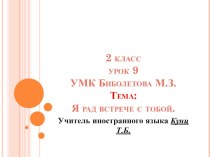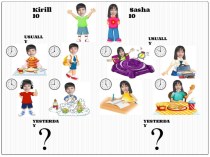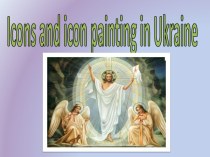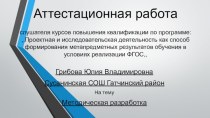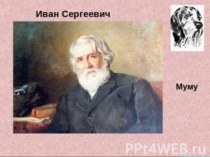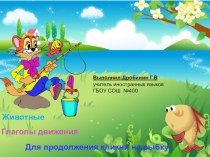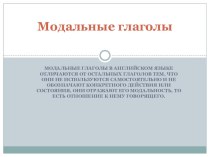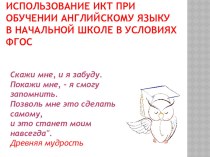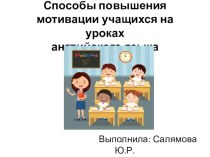- Главная
- Разное
- Бизнес и предпринимательство
- Образование
- Развлечения
- Государство
- Спорт
- Графика
- Культурология
- Еда и кулинария
- Лингвистика
- Религиоведение
- Черчение
- Физкультура
- ИЗО
- Психология
- Социология
- Английский язык
- Астрономия
- Алгебра
- Биология
- География
- Геометрия
- Детские презентации
- Информатика
- История
- Литература
- Маркетинг
- Математика
- Медицина
- Менеджмент
- Музыка
- МХК
- Немецкий язык
- ОБЖ
- Обществознание
- Окружающий мир
- Педагогика
- Русский язык
- Технология
- Физика
- Философия
- Химия
- Шаблоны, картинки для презентаций
- Экология
- Экономика
- Юриспруденция
Что такое findslide.org?
FindSlide.org - это сайт презентаций, докладов, шаблонов в формате PowerPoint.
Обратная связь
Email: Нажмите что бы посмотреть
Презентация на тему Effective Meetings: Two Heads are Better than One
Содержание
- 2. Why meet?Meetings are held in all types
- 3. Meetings are held for variety of purposes:To
- 4. Types of Meetings: Formal Meetings Have
- 5. Types of Meetings: Informal MeetingsThey are not
- 6. Why Meetings Fail?Managers spend about 60% of
- 7. Attending MeetingsTry to understand the meeting’s
- 8. RolesOur role in meetings is a set
- 10. Successful Team Will contain a balance of all
- 11. Committed MembersDevote time and energy to teamSupport
- 12. Group Task FunctionsInitiateGive informationSeek informationGive opinionSeek opinionElaborateEnergizeReviewRecordInclude the following functions . . .Microsoft Image
- 13. Group Maintenance FunctionsEncourageHarmonizeRelieve tensionGatekeepMicrosoft Image
- 14. Nonfunctional BehaviorsBlockingAggressionStorytellingRecognition seekingDominatingConfessingSpecial-interest pleadingDistractingWithdrawingCause unproductive conflict in groups . . .
- 15. Handling Nonfunctional PeoplePlan opening remarks carefullySeat nonfunctional
- 16. Nonfunctional People (con’t)Break inPlace talkative member between quiet membersEncourage withdrawersGive praise and encouragementMicrosoft Image
- 17. Member SkillsActive ListeningOpen-mindednessMicrosoft ImageCommunication skills for group members include . . .
- 18. Leadership Defined:Leadership is the use of power
- 19. Leadership in MeetingsThe best soldier is not
- 20. Trait Theory of LeadershipDo you believe that
- 21. Trait Theory of LeadershipMicrosoft ImageSuccessful leaders are more likely to be . . .AmbitiousTrustworthyMotivatedSelf-confidentKnowledgeableCreative
- 22. Leader ResponsibilitiesInform members of meetingsSelect place for
- 23. Leader Responsibilities (con’t)Encourage discussionAsk questions skillfullySee to
- 24. Awareness CheckLeadership Trait Questionnaire . . .
- 25. Function Theory of Leadership“There are certain functions
- 26. Awareness CheckLeadership Function Questionnaire . . .
- 27. Three-Dimension TheoryTo be a good leader, you
- 28. Situational Contingency TheorySituation dictates leadership styleLeadership depends on:PowerTaskRelationshipMicrosoft Image
- 29. Situational Contingency Theory states that…Autocratic Leadership Style
- 30. Situational Contingency Theory states that…Democratic Leadership is
- 31. Situational Leadership TheoryDefinition: “A good leader is
- 32. Situational Leadership TheoryDelegating style. Employees make and
- 33. Situational Leadership TheoryParticipating Style. Employees and leader
- 34. Скачать презентацию
- 35. Похожие презентации
Why meet?Meetings are held in all types of businesses Meetings are a great tool in communication process.
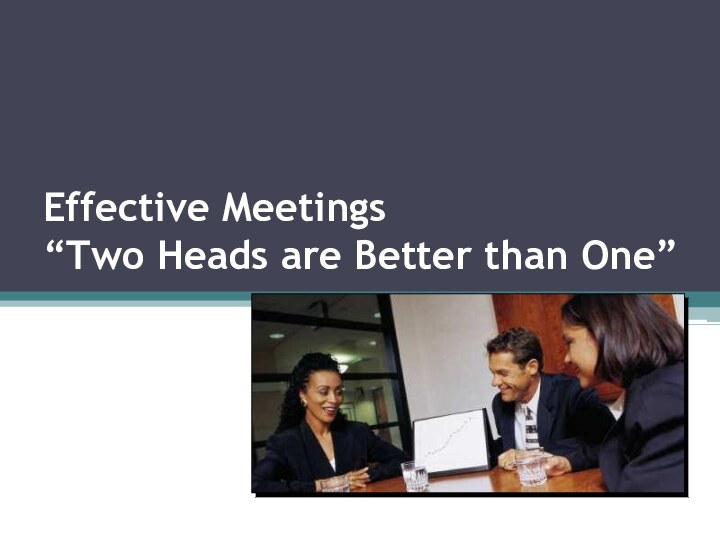
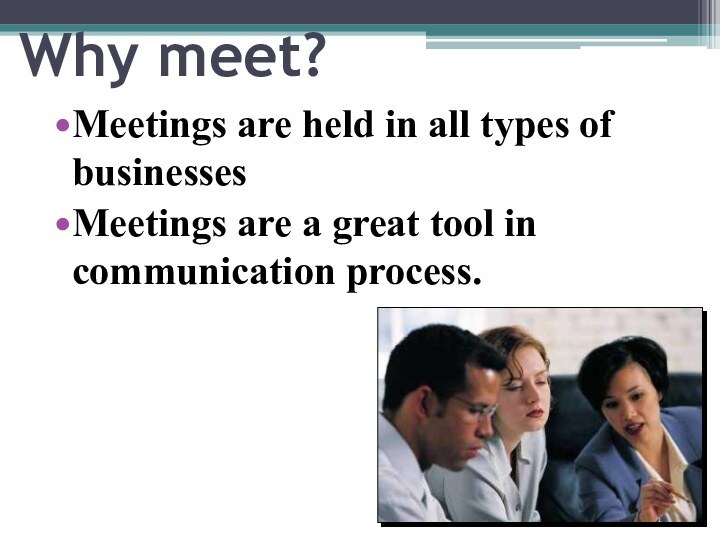
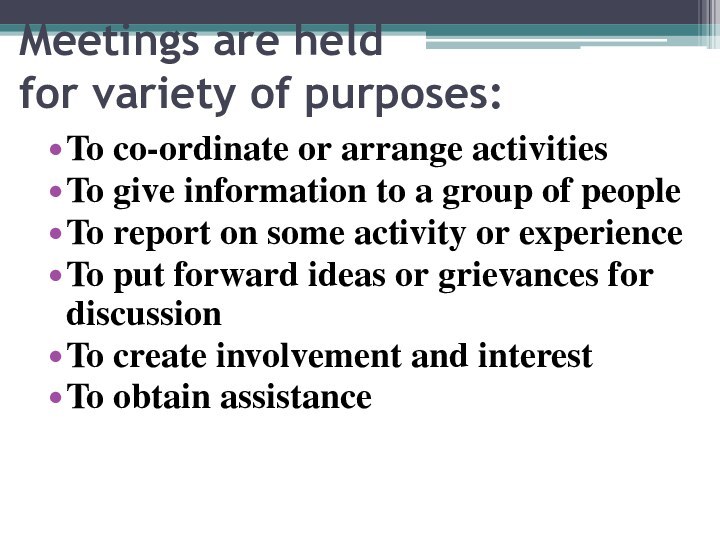
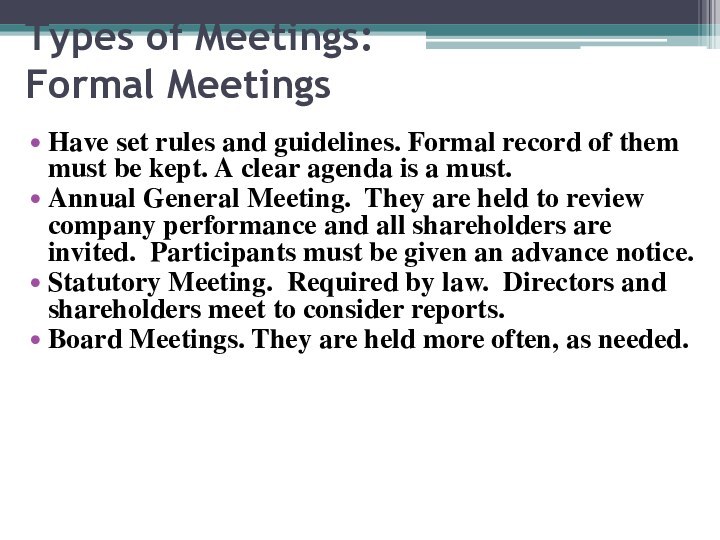
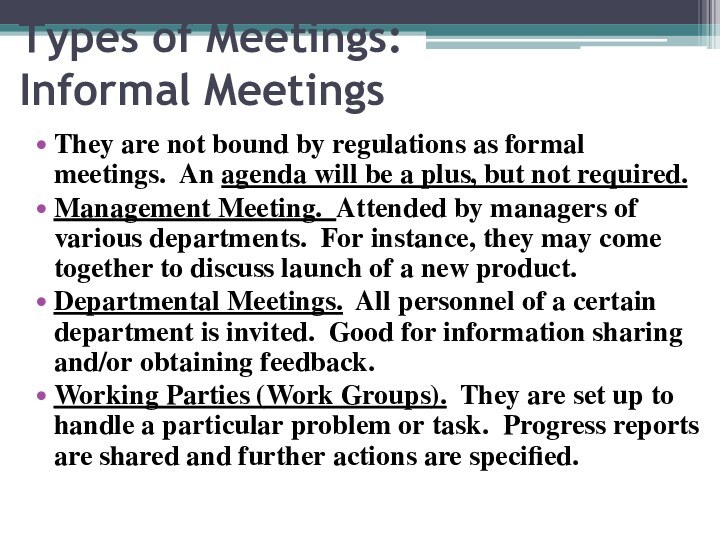
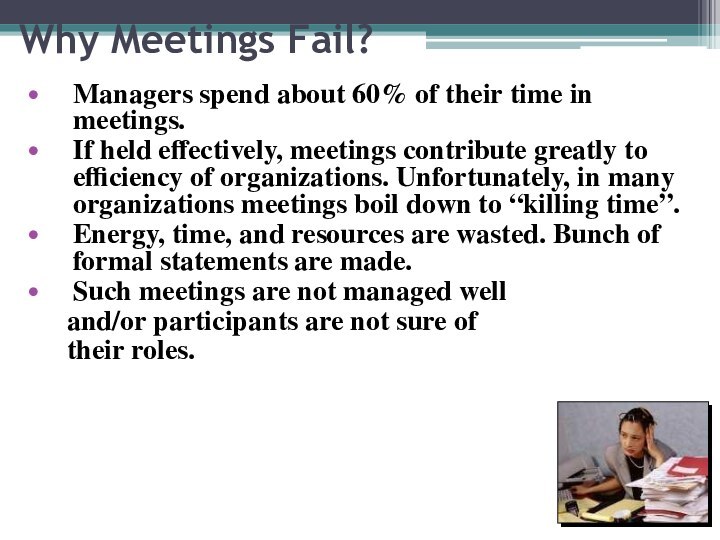
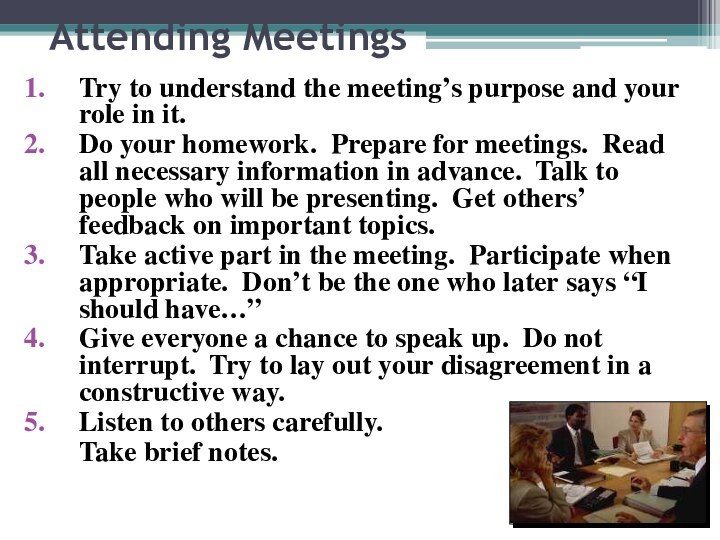
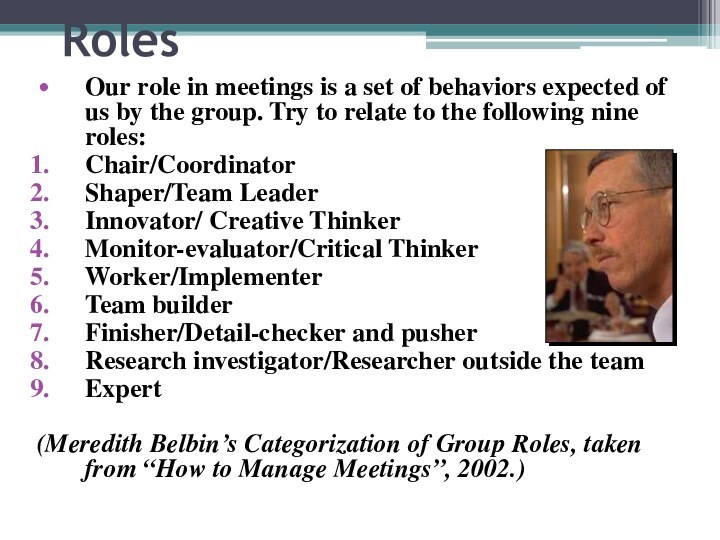

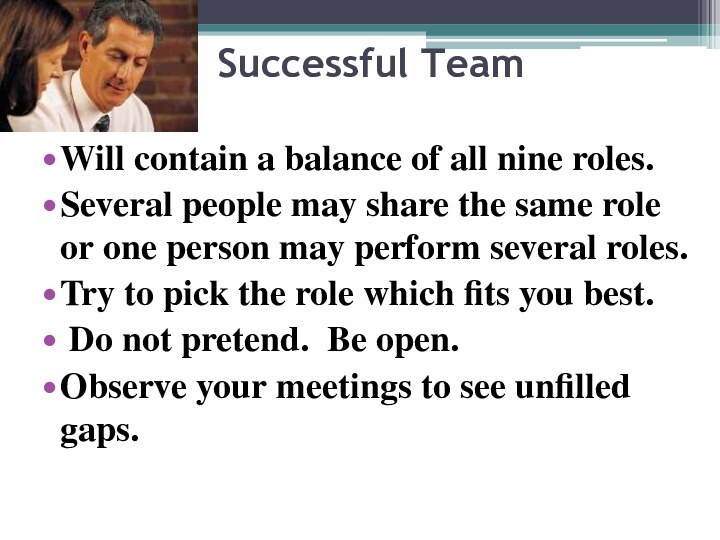
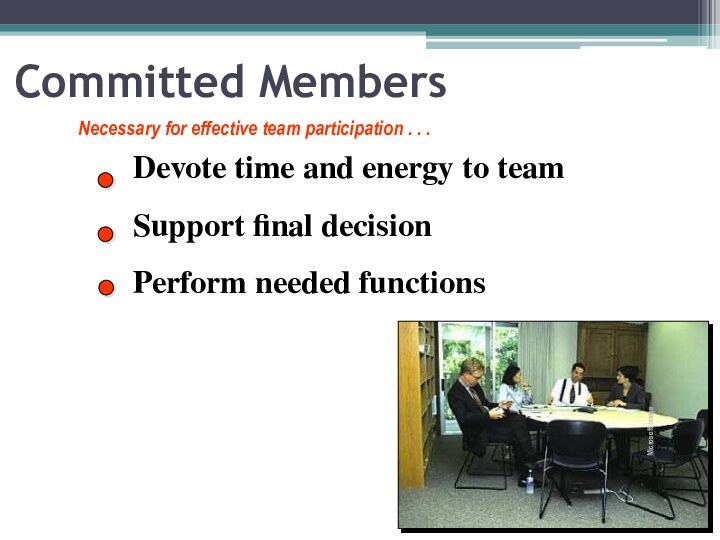

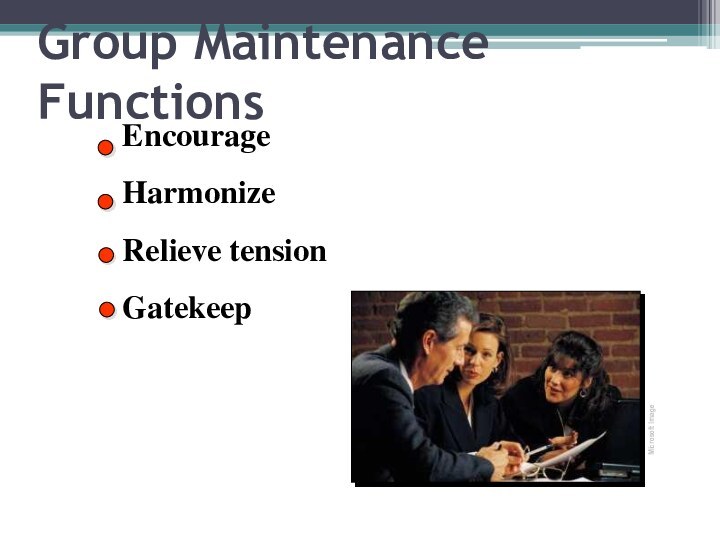



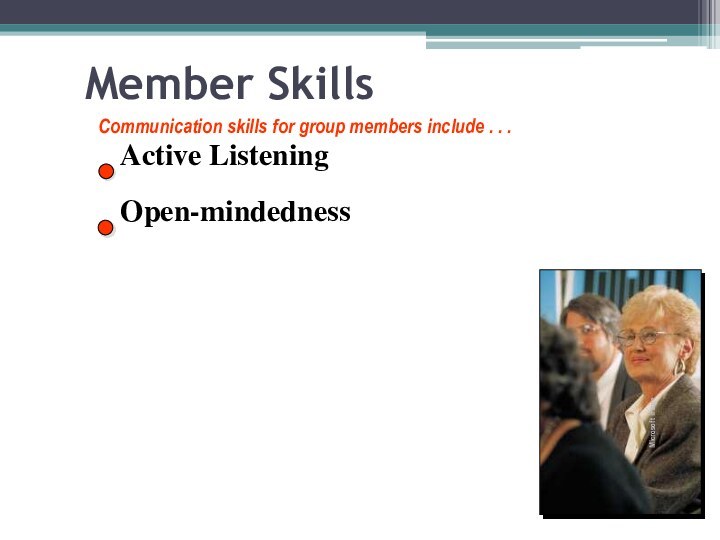
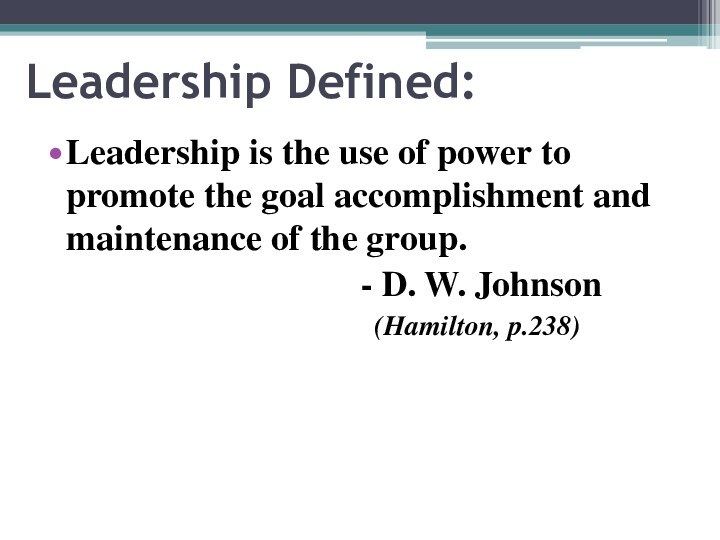

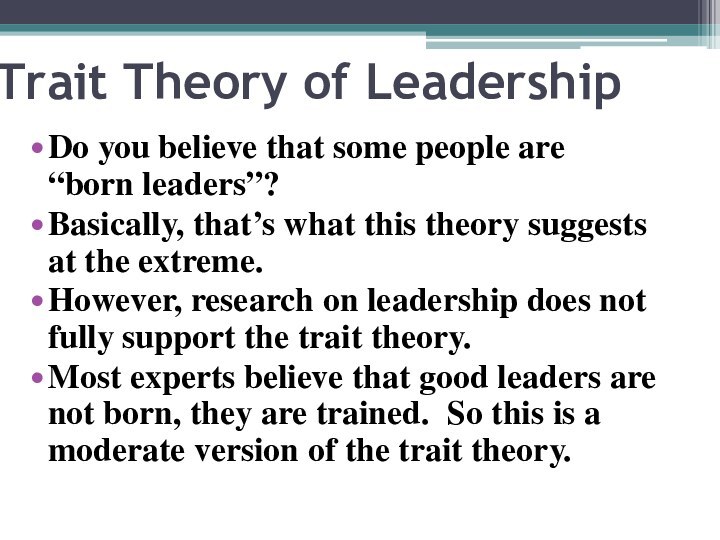



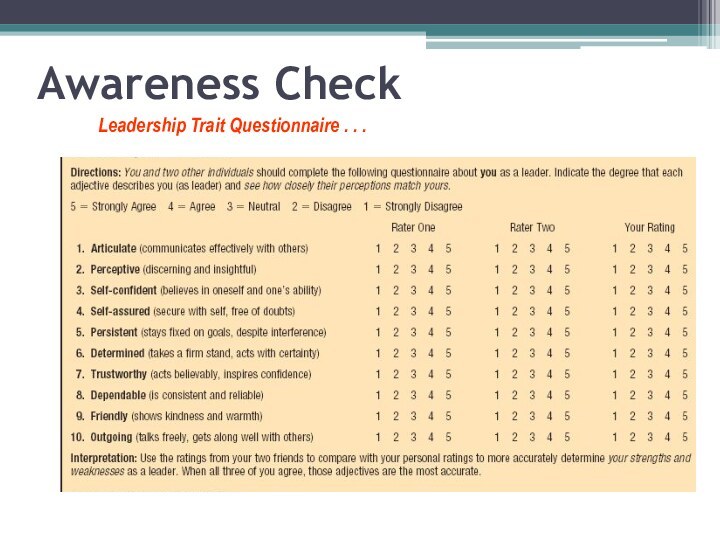
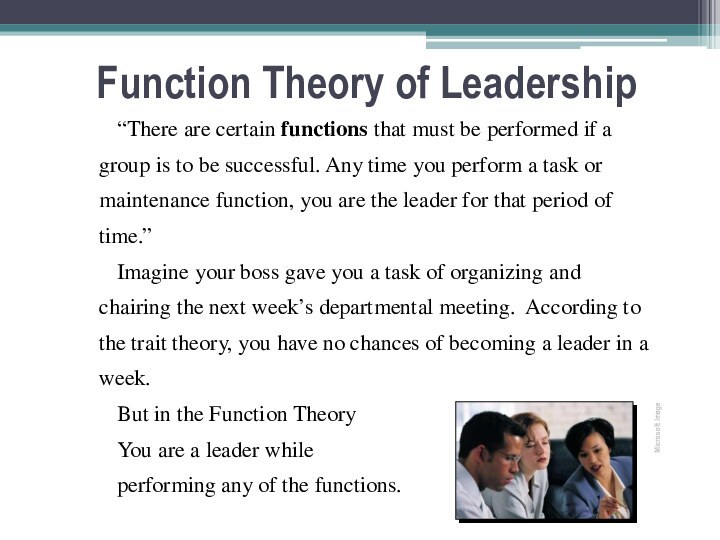
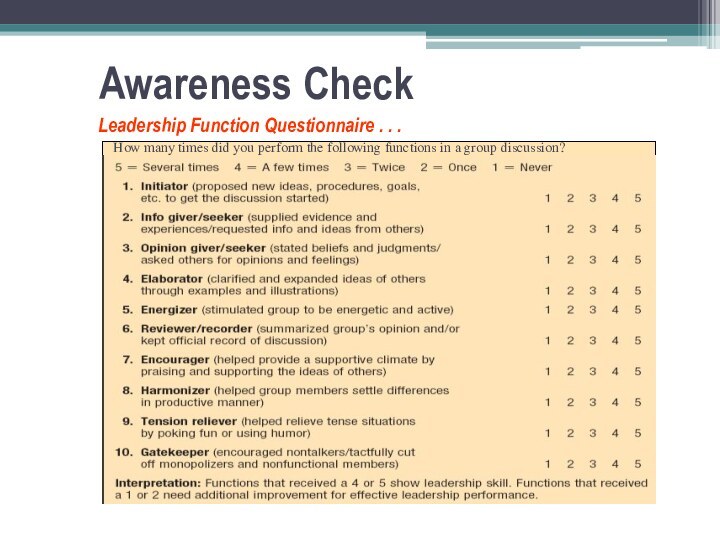
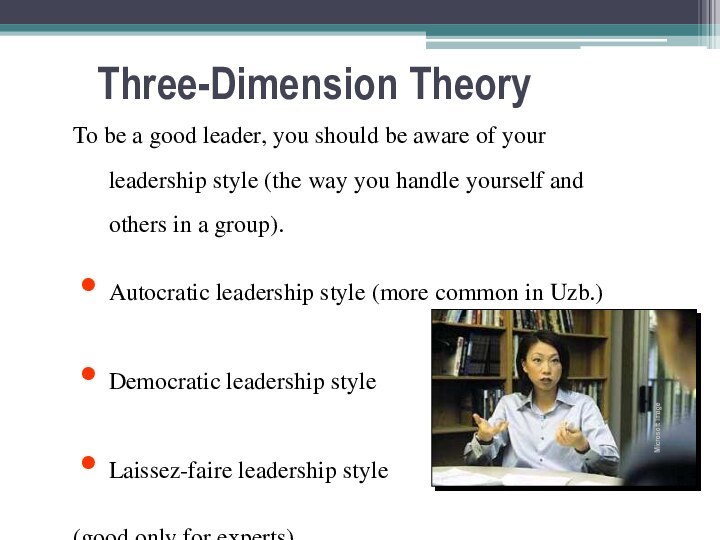

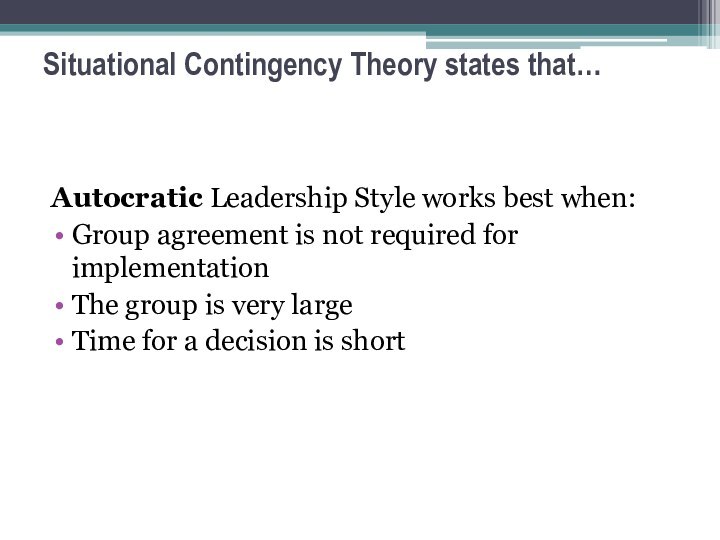


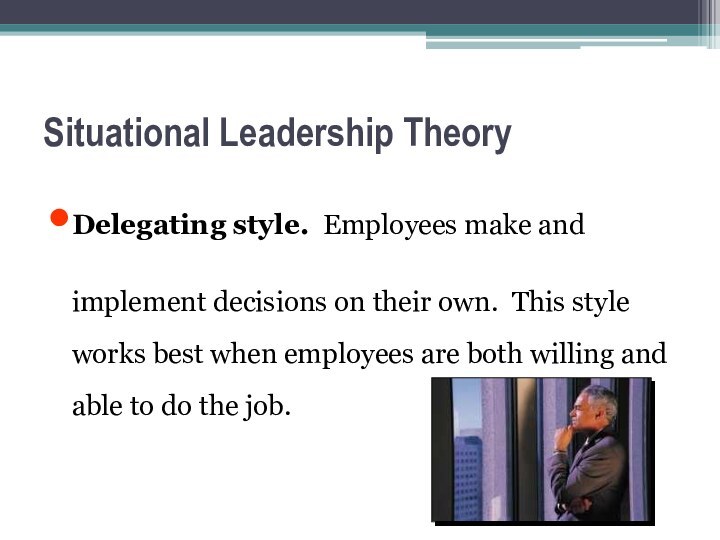
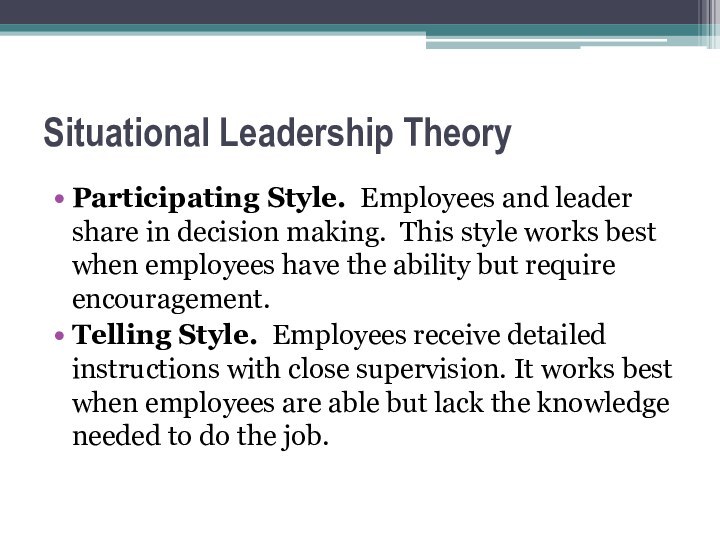
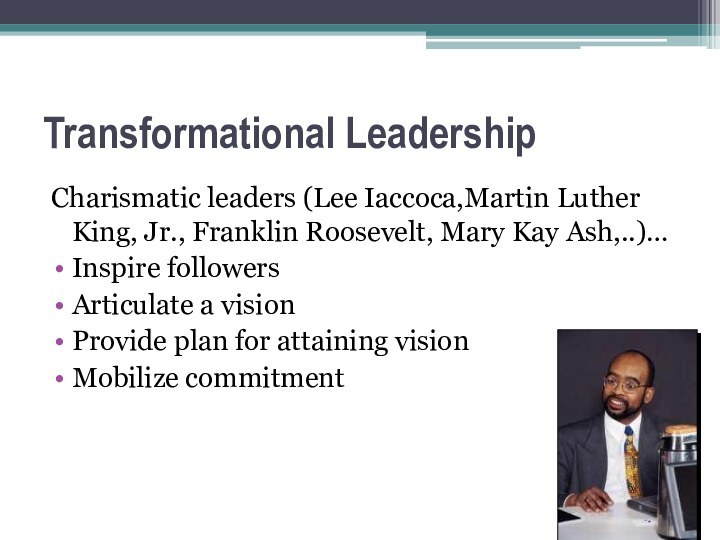
Слайд 3
Meetings are held
for variety of purposes:
To co-ordinate or
arrange activities
To give information to a group of
peopleTo report on some activity or experience
To put forward ideas or grievances for discussion
To create involvement and interest
To obtain assistance
Слайд 4
Types of Meetings:
Formal Meetings
Have set rules
and guidelines. Formal record of them must be kept.
A clear agenda is a must.Annual General Meeting. They are held to review company performance and all shareholders are invited. Participants must be given an advance notice.
Statutory Meeting. Required by law. Directors and shareholders meet to consider reports.
Board Meetings. They are held more often, as needed.
Слайд 5
Types of Meetings:
Informal Meetings
They are not bound by
regulations as formal meetings. An agenda will be a
plus, but not required.Management Meeting. Attended by managers of various departments. For instance, they may come together to discuss launch of a new product.
Departmental Meetings. All personnel of a certain department is invited. Good for information sharing and/or obtaining feedback.
Working Parties (Work Groups). They are set up to handle a particular problem or task. Progress reports are shared and further actions are specified.
Слайд 6
Why Meetings Fail?
Managers spend about 60% of their
time in meetings.
If held effectively, meetings contribute greatly to
efficiency of organizations. Unfortunately, in many organizations meetings boil down to “killing time”.Energy, time, and resources are wasted. Bunch of formal statements are made.
Such meetings are not managed well
and/or participants are not sure of
their roles.
Слайд 7
Attending Meetings
Try to understand the meeting’s purpose
and your role in it.
Do your homework. Prepare for
meetings. Read all necessary information in advance. Talk to people who will be presenting. Get others’ feedback on important topics.Take active part in the meeting. Participate when appropriate. Don’t be the one who later says “I should have…”
Give everyone a chance to speak up. Do not interrupt. Try to lay out your disagreement in a constructive way.
Listen to others carefully.
Take brief notes.
Слайд 8
Roles
Our role in meetings is a set of
behaviors expected of us by the group. Try to
relate to the following nine roles:Chair/Coordinator
Shaper/Team Leader
Innovator/ Creative Thinker
Monitor-evaluator/Critical Thinker
Worker/Implementer
Team builder
Finisher/Detail-checker and pusher
Research investigator/Researcher outside the team
Expert
(Meredith Belbin’s Categorization of Group Roles, taken from “How to Manage Meetings”, 2002.)
Слайд 10
Successful Team
Will contain a balance of all nine
roles.
Several people may share the same role or one
person may perform several roles.Try to pick the role which fits you best.
Do not pretend. Be open.
Observe your meetings to see unfilled gaps.
Слайд 11
Committed Members
Devote time and energy to team
Support final
decision
Perform needed functions
Necessary for effective team participation . .
.Microsoft Image
Слайд 12
Group Task Functions
Initiate
Give information
Seek information
Give opinion
Seek opinion
Elaborate
Energize
Review
Record
Include the
following functions . . .
Microsoft Image
Слайд 14
Nonfunctional Behaviors
Blocking
Aggression
Storytelling
Recognition seeking
Dominating
Confessing
Special-interest pleading
Distracting
Withdrawing
Cause unproductive conflict in groups
. . .
Слайд 15
Handling Nonfunctional People
Plan opening remarks carefully
Seat nonfunctional person
next to leader
Avoid direct eye contact
Assign nonfunctional member tasks
Ask
members to speak in orderMicrosoft Image
Слайд 16
Nonfunctional People (con’t)
Break in
Place talkative member between quiet
members
Encourage withdrawers
Give praise and encouragement
Microsoft Image
Слайд 17
Member Skills
Active Listening
Open-mindedness
Microsoft Image
Communication skills for group members
include . . .
Слайд 18
Leadership Defined:
Leadership is the use of power to
promote the goal accomplishment and maintenance of the group.
- D. W. Johnson (Hamilton, p.238)
Слайд 19
Leadership in Meetings
The best soldier is not soldierly
The
best fighter is not ferocious
The best conqueror does not
take part in the warThe best employer of men keeps himself below them
This is called the virtue of not contending
This is called the ability of using people
- Lao-tsu, the writer of the Tao Te Ching, more than 2000 years ago
Слайд 20
Trait Theory of Leadership
Do you believe that some
people are “born leaders”?
Basically, that’s what this theory suggests
at the extreme.However, research on leadership does not fully support the trait theory.
Most experts believe that good leaders are not born, they are trained. So this is a moderate version of the trait theory.
Слайд 21
Trait Theory of Leadership
Microsoft Image
Successful leaders are more
likely to be . . .
Ambitious
Trustworthy
Motivated
Self-confident
Knowledgeable
Creative
Слайд 22
Leader Responsibilities
Inform members of meetings
Select place for meeting
Check
that everything needed is in place
Welcome people as they
arriveStart and end meeting on time
Preview and stick to agenda
Make sure recorder is present
Microsoft Image
Слайд 23
Leader Responsibilities (con’t)
Encourage discussion
Ask questions skillfully
See to task
and maintenance functions
Listen carefully
Summarize
Thank participants and audience
Make sure results
are passed onMicrosoft Image
Слайд 25
Function Theory of Leadership
“There are certain functions that
must be performed if a group is to be
successful. Any time you perform a task or maintenance function, you are the leader for that period of time.”Imagine your boss gave you a task of organizing and chairing the next week’s departmental meeting. According to the trait theory, you have no chances of becoming a leader in a week.
But in the Function Theory
You are a leader while
performing any of the functions.
Microsoft Image
Слайд 27
Three-Dimension Theory
To be a good leader, you should
be aware of your leadership style (the way you
handle yourself and others in a group).Autocratic leadership style (more common in Uzb.)
Democratic leadership style
Laissez-faire leadership style
(good only for experts)
Microsoft Image
Слайд 28
Situational Contingency Theory
Situation dictates leadership style
Leadership depends on:
Power
Task
Relationship
Microsoft
Image
Слайд 29
Situational Contingency Theory states that…
Autocratic Leadership Style works
best when:
Group agreement is not required for implementation
The group
is very largeTime for a decision is short
Слайд 30
Situational Contingency Theory states that…
Democratic Leadership is best
when:
Greater employee satisfaction is needed.
Group commitment is needed for
implementationTasks are complicated and require lengthy discussion.
Increased productivity is needed.
Reduced resistance to change is sought.
Слайд 31
Situational Leadership Theory
Definition: “A good leader is flexible
and can change styles when needed .”
Hersey and Blanchard
described four leadership styles whose selection depends on the ability and willingness of subordinates to carry out a particular task.
Слайд 32
Situational Leadership Theory
Delegating style. Employees make and implement
decisions on their own. This style works best when
employees are both willing and able to do the job.
Слайд 33
Situational Leadership Theory
Participating Style. Employees and leader share
in decision making. This style works best when employees
have the ability but require encouragement.Telling Style. Employees receive detailed instructions with close supervision. It works best when employees are able but lack the knowledge needed to do the job.





